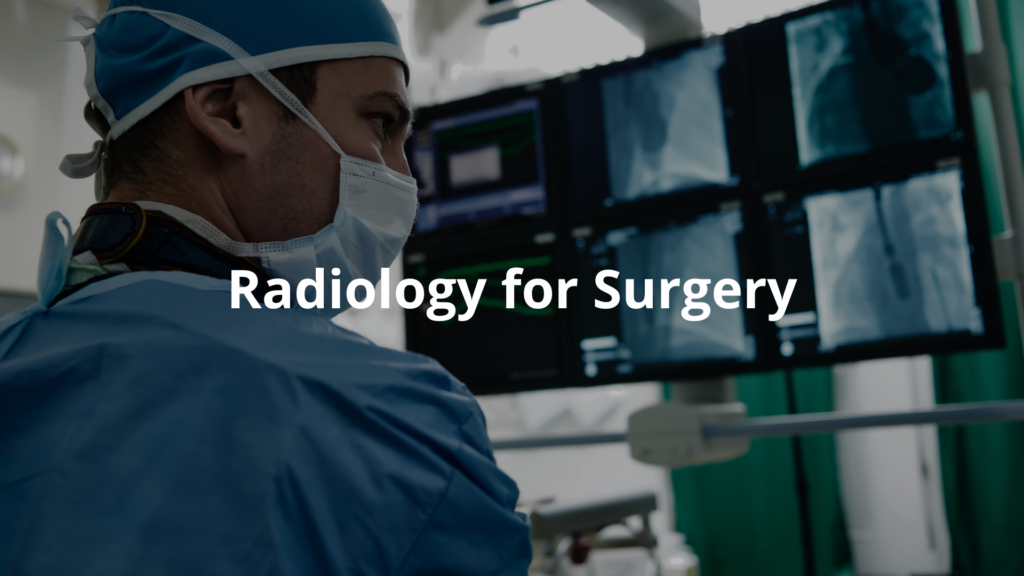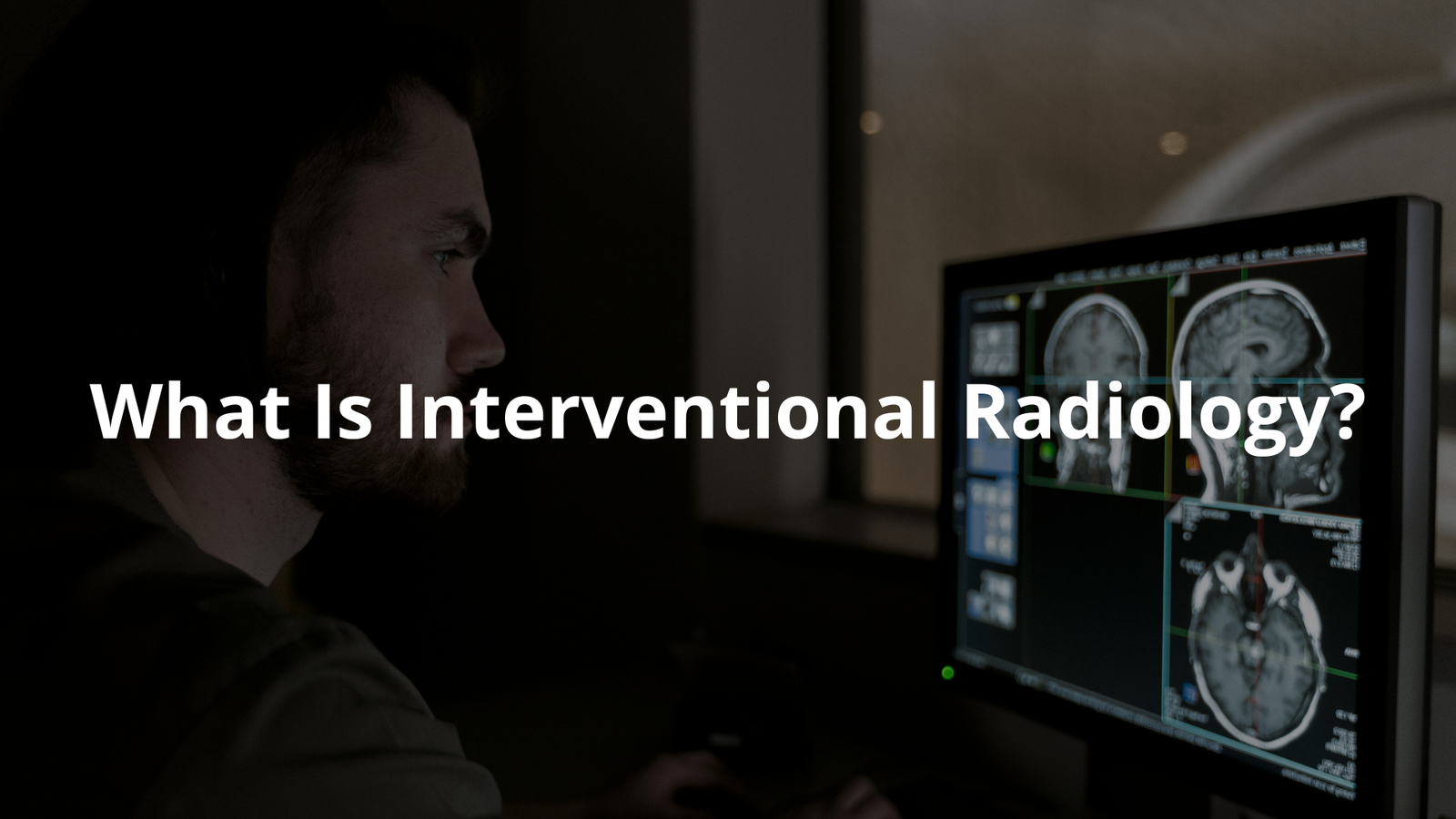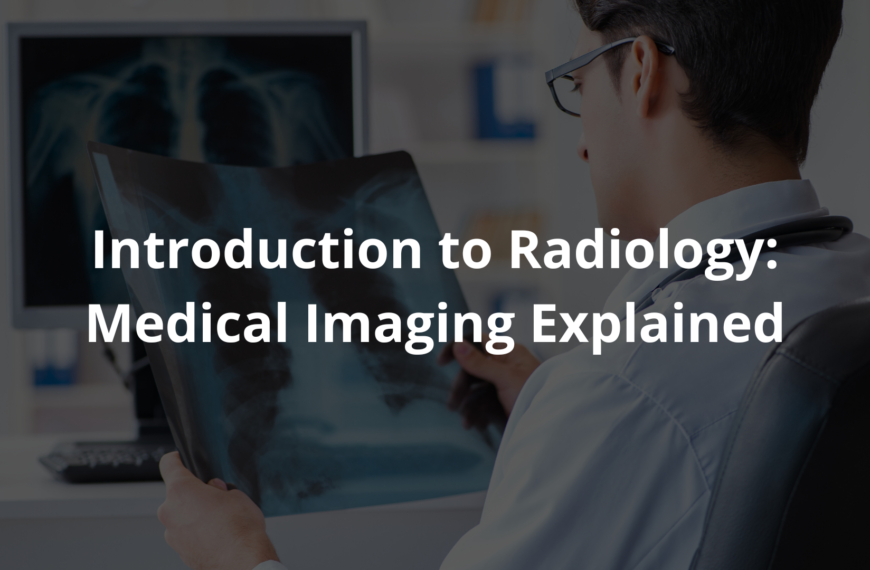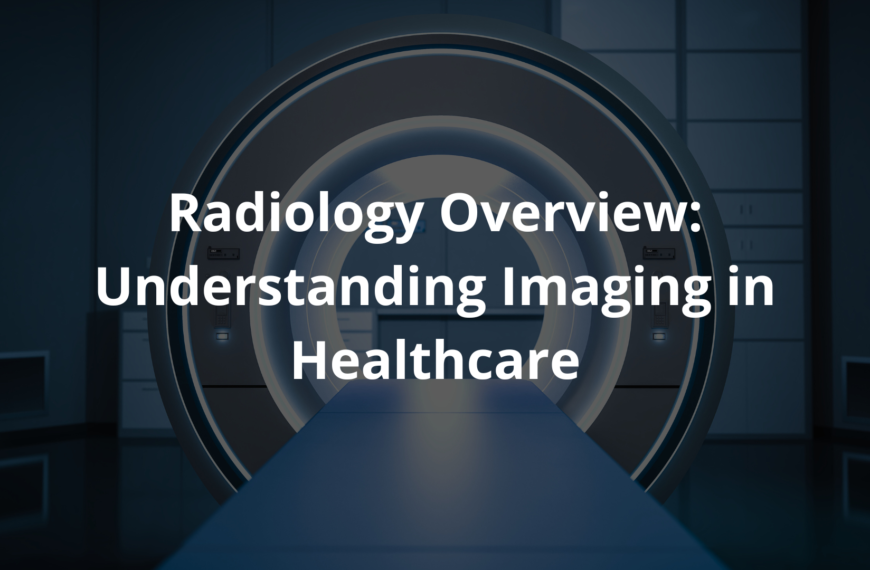Interventional Radiology simplifies treatment with advanced imaging and minimally invasive care—changing healthcare one patient at a time.
Walking into a hospital can be a nerve-wracking experience, especially when facing a medical procedure. But there’s a branch of medicine called interventional radiology that offers hope to those anxious patients. It’s a field that combines advanced imaging technology and skilled care to tackle problems without the need for big cuts.
For instance, someone with liver cancer might find relief through less invasive treatment options provided by an interventional radiologist. This specialty changes lives, giving patients comfort and safety. If you’re curious about how it all works and what treatments are available, keep reading! There’s so much more to discover.
Key Takeaway
- Interventional radiology uses imaging to guide doctors during procedures.
- It’s less invasive, meaning patients recover more quickly.
- Interventional radiologists play a key role in patient care.
Interventional Radiology Meaning
Interventional radiology is like a superhero in the medical field. With special tools and techniques, it swoops in to help patients. Doctors use pictures from machines like CT scans, ultrasounds, or MRIs (which stands for Magnetic Resonance Imaging) to help guide them as they perform procedures inside the body. This clever method allows them to fix many medical issues without needing big cuts like traditional surgery.
For example, let’s think about a patient with liver cancer. Instead of going through a long open surgery, an interventional radiologist might use images to precisely target the cancer and treat it in a much less invasive way. This is super helpful! Patients often feel less pain and can recover more quickly. Imagine being able to go home and rest instead of spending days in the hospital! Interventional radiology is all about giving patients the best care possible while keeping risks low.
Doctors in this field can perform procedures to help with various problems. These could include blood clots or even stubborn kidney stones. So, interventional radiology isn’t just a fancy term—it’s a life-changer for many patients who need medical attention.
Radiology-Guided Treatments
Radiology-guided treatments are special procedures doctors do while looking at images on a screen. It’s like having a map that shows them exactly where to go. Here are a few of these treatments:
- Angiography: This helps doctors see blood vessels and check for blockages that could be bad for heart health.
- Embolization: This is when doctors block blood flow to a tumor to help shrink it or stop it from getting bigger.
- Biopsies: In these procedures, doctors take tiny samples of tissue to see if there’s something wrong, like cancer. [1]
These treatments are super important! They allow doctors to find and treat problems quickly and safely. For instance, if a doctor does an angiography on someone with leg pain, they might discover a blockage that needs to be treated right away. Quick action matters—it can save lives!
Catheter Placement
Catheter placement is one of the most common and essential procedures in interventional radiology. During this procedure, a doctor gently inserts a thin tube called a catheter into a blood vessel or another part of the body. Using advanced imaging, they guide the catheter precisely to its target for safety and accuracy. This technique is often used to deliver medications or remove unwanted fluids, making it super important in modern medicine.
For example, if a patient has a painful kidney stone, a doctor might place a catheter to drain fluid buildup. This gives the patient quick relief and makes them much more comfortable. Patients usually feel better soon after, and this procedure can often be done in under an hour.
Key Benefits of Catheter Placement:
- Minimally invasive with quicker recovery times.
- Accurate placement guided by imaging technology.
- Provides fast relief for issues like kidney stones or fluid build-up.
Catheter placement really shows how effective interventional radiology is in providing precise and patient-focused care.
Angiography
Angiography is a special imaging test that lets doctors look closely at blood vessels. This examination is really important because our blood vessels are like highways for blood to travel throughout our bodies. When they’re blocked or hurt, it can lead to serious health problems. During an angiography, doctors inject dye into the blood vessels and then take pictures using X-ray or CT scans.
This lets them find problems like blockages or aneurysms. Just picture a doctor saying, “Aha! There’s the blockage!” It’s like giving them a roadmap of the blood vessels! This test can be lifesaving, especially for patients with poor blood flow. It helps doctors figure out what’s wrong and what treatment might be best. So, for anyone worried about their blood vessels, angiography could provide the answers they need.
Biopsies with Radiology
When doctors need to find out if a lump or bump is concerning, they often do a biopsy. In interventional radiology, imaging techniques like ultrasound or CT scans help guide a needle to the exact spot to collect a tissue sample. This approach is minimally invasive, which means it hurts less and reduces damage to nearby tissues.
For example, if a patient has a suspicious growth, an interventional radiologist can accurately locate where to get the sample. This precision is really important for diagnosing things like cancer and coming up with the best treatment plan.
Why Choose Image-Guided Biopsies?
- Minimally invasive with faster recovery times.
- Enhanced accuracy for collecting the right tissue sample.
- Provides vital information for diagnosing and planning treatments.
With its focus on precision and patient comfort, image-guided biopsy is a key part of modern interventional radiology.
Interventional Radiologist Role
Interventional radiologists are the superheroes in this specialty. They are doctors specially trained to use imaging to assist with procedures. Working closely with other healthcare professionals, interventional radiologists provide the best care for patients. They perform a range of procedures, including catheter placements, biopsies, and treatment for blood clots.
Take Dr. Chris Rogan, for example. He’s one of many skilled interventional radiologists who make a big difference in patient safety during these procedures. They’re not just good at using imaging; they also need to communicate well. They explain everything to patients so they know what to expect, which helps patients feel at ease. Interventional radiologists are vital in modern medicine, bridging the gap between technology and patient care.
Interventional vs Diagnostic Radiology
There are two main branches of radiology: interventional and diagnostic. Diagnostic radiology focuses on using images to identify medical problems, like finding a broken bone with a CT scan. No procedures are performed in this area.
In contrast, interventional radiology uses imaging to guide minimally invasive procedures that treat different conditions. For example, while a diagnostic radiologist might spot a blood clot using imaging, an interventional radiologist can use that same imaging to help remove the clot.
This difference is important because interventional radiology offers treatments that diagnostic methods can’t provide. It adds an extra tool to the medical toolbox, helping patients get focused care without fuss.
Minimally Invasive Procedures
Minimally invasive procedures are a big part of interventional radiology. Unlike traditional open surgeries, these procedures use small tools and advanced imaging to treat medical problems with great accuracy. The benefits? Less pain, quicker recovery times, and a lower chance of infections for patients.
Common examples of minimally invasive procedures include:
- Stent placement: Doctors widen blocked blood vessels.
- Biopsies: Gather tissue samples for cancer evaluations.
With these techniques, doctors can target specific areas without hurting nearby healthy tissue. Imagine going home the same day after a procedure that once meant a long hospital stay. Minimally invasive methods really improve patients’ recovery and overall quality of life.
Radiology for Surgery

Before a surgeon operates, they need to know exactly what they’re up against. Interventional radiologists can provide essential imaging studies showing what’s happening inside a patient’s body. This data helps surgeons plan better and reduces risks during surgery.
For instance, knowing the exact size and location of a tumor can help doctors decide the best way to take it out. With this information, they can avoid complications and make the operation smoother. Picture a team of doctors looking at those images together, brainstorming the best approach. That teamwork boosts patient safety and helps ensure the best outcomes. Interventional radiology offers valuable insights that can make a huge difference during surgeries, playing a key role in the healthcare team.
Vascular Procedures
Many interventional radiology procedures focus on blood vessels. These procedures can help fix issues like arterial disease or varicose veins. Here are a few examples:
- Angioplasty: Doctors widen a narrowed blood vessel to improve blood flow.
- Stenting: They place a small mesh tube inside the blood vessel to keep it open.
- Thrombolysis: They work to dissolve blood clots that could cause serious problems. [2]
These procedures help improve blood flow, which is really important for good health. When blood vessels are clear and open, it means better circulation and a lower chance of serious issues down the line. These treatments can save lives, making interventional radiology an essential part of modern medicine.
FAQ
What is interventional radiology and how do doctors use pictures to help treat patients?
Think of interventional radiology as fixing problems inside your body using special cameras. Doctors use medical imaging and image guidance, like ct scan and computed tomography, to see inside you while they work. It’s like using a map to find your way – the pictures help doctors fix problems through tiny holes instead of big cuts.
What kinds of health problems can these doctors fix?
These special doctors can help with lots of different problems – we call this a wide range and variety of conditions. They can fix things like blood vessel problems (vascular disease), spots in the liver (liver tumors), and broken bones in your back (compression fractures). The range of procedures they use helps heal both injury and disease without big surgeries.
How do these procedures help with pain and how fast do people get better?
These doctors do special treatments like joint injection and nerve root blocks to help with pain management. Most ir procedures let you go home the same day! The recovery time is much quicker than regular surgery. Instead of staying in the hospital for days, many people can get back to their normal life pretty fast.
How do doctors fix liver and blood vessel problems?
Doctors can use heat (thermal ablation) or special treatments (tumour ablation) to help with liver tumors. If you have problems with your blood supply, they can fix it using something called artery embolisation. The procedures performed depends on factors including where the problem is. They use imaging guidance – like a special camera – to find the exact spot they need to fix.
How do these doctors help with drain tubes and special lines?
These doctors are really good at putting in drain tubes (biliary drainage) for bile duct problems and special lines (central venous access) into big veins like the inferior vena cava and gonadal vein. They use image guided tools to make sure everything goes in the right spot without having to make big cuts.
What women’s health problems can these doctors help with?
They can help with several women’s problems. They fix uterine artery issues that cause heavy bleeding, and help with pelvic congestion syndrome that causes pain. For all these procedures, they use tiny cuts and special cameras to see what they’re doing.
What special training do these doctors get?
These doctors go through a special training program where they learn diagnostic radiology and clinical radiology. They learn how to do a wide variety of procedures using radiation therapy and nuclear medicine. They practice a lot to become really good at radiology services and fixing soft tissue problems.
What should patients know about possible problems after these procedures?
Most people only feel a little sore after treatments, but side effects can vary. Your health care team will tell you what to expect after things like prostate artery treatments or peripheral vascular procedures. They’ll keep a close eye on you during and after your treatment to make sure you’re okay.
Conclusion
Interventional radiology is a really interesting field. It uses imaging to make medical treatments safer and less invasive for patients. With skills to perform things like biopsies and catheter placements, these doctors help improve the way we treat illnesses. Patients often heal faster and feel less pain thanks to their work. If you’re ever needing treatment, it might be a good idea to ask your doctor about how interventional radiology could benefit you!
References
- https://irsa.com.au/what-is-interventional-radiology/
- https://www.nbir.com.au/interventional-radiology




